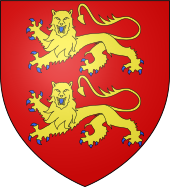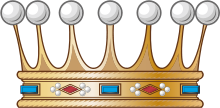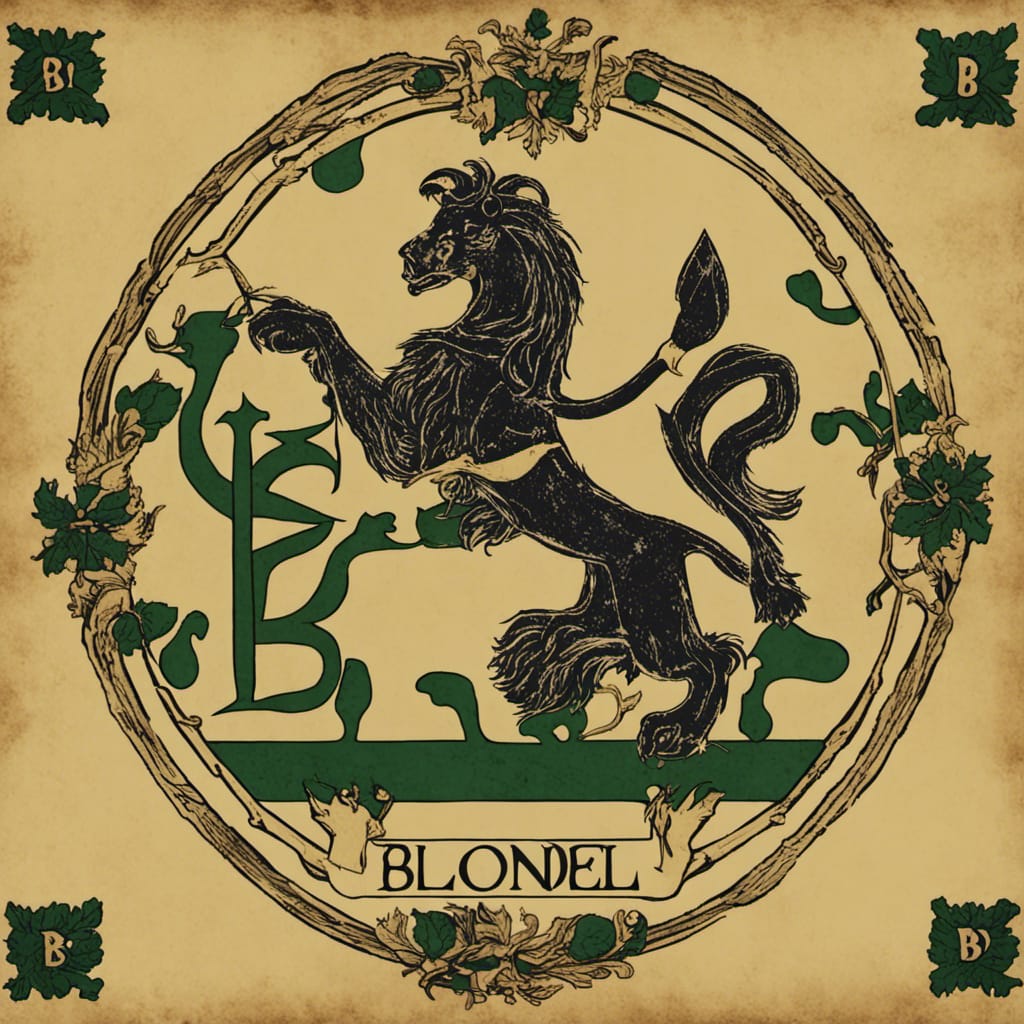


Legal and Historical Disclaimer: This website implies rights to honors, hereditments, intangibles and historical rights to related property
around the world. This website implies rights to honors, hereditments, intangibles and historical rights to related property around the world.This site uses photos and likenesses of owners or rights holders. The website hasrights to use place names, ancient territory names, rights to light, franchises, heretiments, land related intangible rights, images, copyrights, This site is subject to the venue and jurisdiction of USA Colorado Federal Courts.The lords and ladys of this seignory or territory may be several people including primary beneficiary, secondary beneficiary and contingent beneficiaries. Expenses of this research, seignory, property rights, marketing, branding, advertising, publishing, products, services, and other necessary travel or publications are part of the company activities including the activities of honors holders: 1) Lady of Ennerdale 2) Dame of Fief Blondel 3) Baroness of Longford and 4) Lady and Lord of Stoborough Any unclaimed right is claimed herein to: Advowson or Patronage to existing or former churches, priories, abbeys or cathedrals, any rights to tithes, any rights to common, any rights to foreshore on rivers and beaches, or lakes, rights to commons of fishing and hunting, rights to commons of minerals, water, or elements, rights to estover and wood, rigts of ways and servitudes, Offices, which are a right to exercise a public or private employment, and to the fees and emoluments thereunto belonging, are also incorporeal hereditaments: whether public, as those of magistrates; or private, as of bailiffs, receivers, and the like, Dignities, rights to Franchises, liberties, palatines, court leets, holding pleas, markets and fairs, forests, chases, Free-warren, river water, lake water, ocean water, rocks reifs, ocean islands, inland islands, bays, waterways, boating and water rights, rights to treasure, rights to mineral rights, landscape pictures, satellite images, Annuities, rents, or any honor dignity or title related to former grants in relation to the lands or territories. Forum, venue and Jurisdiction subject to the USA Federal Courts Colorado USA Any unclaimed right is claimed herein to: Advowson or Patronage to existing or former churches, priories, abbeys or cathedrals, any rights to tithes, any rights to common, any rights to foreshore on rivers and beaches, or lakes, rights to commons of fishing and hunting, rights to commons of minerals, water, or elements, rights to estover and wood, rigts of ways and servitudes, Offices, which are a right to exercise a public or private employment, and to the fees and emoluments thereunto belonging, are also incorporeal hereditaments: whether public, as those of magistrates; or private, as of bailiffs, receivers, and the like, Dignities, rights to Franchises, liberties, palatines, court leets, holding pleas, markets and fairs, forests, chases, Free-warren, river water, lake water, ocean water, rocks reifs, ocean islands, inland islands, bays, waterways, boating and water rights, rights to treasure, rights to mineral rights, landscape pictures, satellite images, Annuities, rents, or any honor dignity or title related to former grants in relation to the lands or territories.
The Norman Fief de Thomas Blondel came about through the medieval fragmentation of Fief Au Canelly and consequently, of the initial half of Guernsey given by Duke Richard II in 1020 to Neel, Vicomte of the Cotentin. The Canelly family owned land near Cherbourg in Normandy in addition to the Guernsey territory (There is no existing record of the grant of the fief. It may be granted to the Canely family but there is a gap of at least 100 years before any record of that family’s connexion with the fief). In 1270, on the death of Sir Henry Le Canelly, the Guernsey fief was divided between his daughters. Guilemette, the wife of Henry de Saint Martin obtained a considerable part of the island originating later the fiefs of Janin Besnard, Jean du Gaillard, Guillot Justice and Thomas Blondel. This was confirmed by the tenants and officers of the Fief in letters patent issued by Guernsey's Royal Court under the Bailiwick Seal in 1463. A Thomas Blondel was a jurat of Guernsey’s Royal Court from 1421-45. The Blondel family has given several jurats to the island. Later the Columbines and Fiotts were the holders of the title. For a time, the rights over the Fief were divided in two. Pierre Robillard of Maison de Pleinmont, Torteval, was the Seigneur of Fief de Thomas Blondel. The title passed to his son and grand son. The rights over the Fief again joined during the XIX century as shown in documents of 11/10/1800 (Reg Tome 26, p 420) and 19/05/1798 (Date tome 25, no pages in the tome).
Grant of the fief of Thomas Blondel in the parishes of St Peter of the Wood and Torteval, Guernsey, made by Janet Blondel to Thomas de la Court on 18 July 1440, attested by Jean Bonamy and Jacques Guille, jurats. GRANT of BLONDEL https://library.leeds.ac.uk/special-collections-explore/5701/grant_of_a_fief_in_the_parishes_of_st_peter_of_the?archiveRefCode=%22MS%20699%22&resultOffset=2
Grant of a fief in the parishes of St Peter of the Wood and Torteval ... Copy of a grant of the fief of Thomas Blondel in the parishes of St Peter of the Wood and Torteval, Guernsey, made by Janet Blondel to Thomas de la Court on 18 July 1440, attested by Jean Bonamy and Jacques Guille, jurats, 5 May 1637. Seal, restored.
PROJET DE LOI Style of Seigneur of a fief etc.
During the Ancien Régime, French baronies were very much like Scottish ones. Feudal landholders were entitled to style themselves baron if they were nobles; a roturier (commoner) could only be a seigneur de la baronnie (lord of the barony). https://en.wikipedia.org/wiki/Baron The Ancien Régime (French pronunciation: ?[?~.sj?~ ?e?im]; French for "old regime") was the political and social system of the Kingdom of France from the Late Middle Ages (c.?15th century) until 1792, when hereditary monarchy and the feudal system of French nobility were abolished by the French Revolution.[1] https://en.wikipedia.org/wiki/Ancien_R%C3%A9gime Allodial lands are the absolute property of their owner and not subject to any rent, service, or acknowledgment to a superior. Allodial title is therefore an alternative to feudal land tenure. However, historian J.C. Holt states that "In Normandy the word alodium, whatever its sense in other parts of the Continent, meant not land held free of seigneurial services, but land held by hereditary right,"[5] and that "alodium and feodum should be given the same meaning in England." The Fief has a Court of Chief Pleas comprised the Seigneur, the Seneschal, the Priest, the Greffier and the Tenants, as owners of the tenements. The Chief Pleas also had power to appoint 2 police officers, the Constable being the senior of the two, and the Vingtenier who would succeed him the following year.
AD 1179 - We find Legal Reference of Lord Seigneur of Thomas Blondel, a noble fief, in a charter of 1179AD when he is witnessing a grant to St. Michael's Mount. He is Robert Malmarchie (Thomas Blondel). 1200's AD - The Parish of St. Andrew in which Thomas Blondel lies contained a group of four late 12 century ecclesiastical Fiefs, one held by the Bishop of Countances, the second held by the Abbot of Cormery, Tours, the third held by the Abbot of La Croix St. Lewfroy, Evreux, and the fourth held by the Abbess of Trinity, Caen. The Fief Thomas Blondel derives its name, as we have already observed from the family of Malmarcher or Malmarchy who are recorded in the charters as existing in Guernsey in the 12th Century. In 1440, The Fief dom Grant of the Fief of Thomas Blondel in the parishes of St Peter of the Wood and Torteval, Guernsey, made by Janet Blondel to Thomas de la Court on 18 July 1440, attested by Jean Bonamy and Jacques Guille, jurats. See University of Leeds Library GRANT of BLONDEL
Chevetaine Chief of the Blondel Fief - Seigneur/Dame
Palatine, Palatiness All local French lordships disappeared when feudalism was abolished in 1789 but the Channel Islands remained independent from both France and the United Kingdom. Baronial Fief- Sir Thomas Innes of Learney in his 'Scots Heraldry' (2nd Ed., p. 88, note 1) states that 'The Act 1672, cap 47, specially qualifies the degrees thus: Nobles (i.e. peers, the term being here used in a restricted seventeenth-century English sense), Barons (i.e. Lairds of baronial fiefs and their "heirs", who, even if fiefless, are equivalent to heads of Continental baronial houses) and Gentlemen (apparently all other armigers).' Seigneur de la Baronnie - During the Ancien Régime, Norman Frankish or French baronies were very much like Scottish ones, feudal landholders were entitled to style themselves baron if they were nobles, a roturier could only be a seigneur de la baronnie. Palatine, Palatiness - The ruler of a Palatinate. The highest rank available to a non-royal vassal. A palatinate is almost its own nation. This rank is normally used as a modifier, e.g. Count Palatine The Seigneur of Fief Blondel is considered by law and Ancient Count Palatine of Fief Blondel. The rights of Fief Thomas Blondel reunited in one holder (Count Marcov) after September 2000. The Fief was Held by Count Marcov and publicized in many venues in Europe and worldwide on the internet which has created clear title and rights without any opposition from year 2000 until 2017 when it was sold to the present owner. Under international law, the Fief was held by Count Marcov for 17 years. Legal Rights of the Fief Blondel While any existing or new special rights are all claimed by the Fief and Seigneru, it is assumed that the Fief may hold rights to the following under international law, customary law, and ancient feudal law.
Sources: Rights http://www.statesassembly.gov.je/assemblypropositions/2003/31891-31363-992003.pdf Sources Lords of Manors http://www.priaulxlibrary.co.uk/articles/article/lords-manors Seigneur de la baronie "lord of the barony" Feudal Baron Sark's 500 people are governed by the Seigneur, a feudal baron with privileges dating back to 1565, when Queen Elizabeth I let Jerseyman Helier de Carteret and 40 men settle here. Bankton states ('An Institute of the Laws of Scotland', II, III, 84) Lord of the Manor - A title, similar to Lord of the Manor, in French would be Seigneur du Manoir, Gutsherr in German, godsherre in Norwegian and Swedish, ambachtsheer in Dutch and signore or vassallo in Italian. In Italy, particularly in the Kingdom of Sicily until 1812, the feudal title signore was used; like the English title, it came into wide use in Norman times, from the French seigneur. Free Lord or friherre Freeholder lord of Fief blondel Translates to: Freiherr von Fief blondelFreiherr Lehnsherr von Fief Blondel or Freeholder of Fief Blondel or Freiherr von Lehen Blondel Danish friherre af Fief blondel Dutch vrijgezelle heer van Fief blondel Norway frittstående herre av Fief blondel A Legal Designation and Land Rights Dignity - In France, Lord (seigneur) was not a title. The owner of a lordship, even a commoner, was its lord. The term "lord" only meant "the possessor of a certain kind of property" in the feudal system, a mixture of actual real estate and rights over people (rents and fees could be collected from them, certain obligations could be imposed on them, etc). Someone who was only a seigneur was not titled. All lordships disappeared when feudalism was abolished in 1789. |
Seigneur de la Fief of Blondel Lord Baron Mentz of Fief Blondel Geurnsey Crown Dependency Seigneur Fief of Blondel George Mentz Lord Baron of Fiefdom Blondel Freiherr of Fief Thomas Blondel Feudal Lord of Baronnie - Noble Fief Barony Friherre > Disclaimer Seigneurs and Dames Travel Research Lord Paramount Feudal Barons The Seigneur Order Patron George Mentz Charter of Liberties Deed & Title Fief Blondel Islands Viking Kingdom Fief Worship Fiefs of the Islands ECS Extended Continental Shelf Styles and Dignities Territorial Waters Blondel Privy Seal Fief Bouvees of Fief Thomas Blondel Guernsey Court of Chief Pleas Fief Court Arms Motto Flower Fief de l'Eperon La Genouinne Kingdom of West Francia Fief DuQuemin Bouvée Phlipot Pain Bouvée Torquetil Bouvée Bourgeon Bailiwick of Ennerdale Channel Island History Fief Direct from the Crown A Funny Think Happened On the Way to the Fief Guernsey Bailiwick of Guernsey - Crown Dependency Confederation des Iles Anglo-Normandes Sovereignty Papal Bull Research Links Norse Normandy Order of the Genet Order of the Genet Order of the Star Est. 1022 Knights of theThistle of Bourbon Count of Anjou Fief Rights Blondel and King Richard Press Carnival Manorial Incidents Appointments of Seigneurs Store Portelet Beach Roquaine Bay Neustrasia Columbier Dovecote Fief Blondel Merchandise Fief Blondel Beaches Islands Foreshore Events Fiefs For Sale Sold Lords of Normandy Fief Coin Viscounts de Contentin Fief Blondel Map Feudal Guernsey Titles Board of Trustees The Feudal System Hereditaments Chancellor Flag & Arms Fief Videos Guernsey Castle Sark Contact Advowson Site Map Disclaimer Freiherr Livres de perchage Lord Baron Longford Income Tax Guernsey Valliscaulian Order Saint Benedict of the Celestines Society of Divine Compassion Dictionary Count of Mortain Seigneur de Saint-Sauveur Seigneur of Fief Ansquetil Top Success Books Datuk Seri George Mentz Order St. Benedict OSB Celestines Order of the Iron Crown Order of the White Falcon Colonel Mentz Order Red Eagle Order St. Louis Order Holy Ghost Order of Saint Anthony Order of the Black Swan Order of St Columban Order of the Iron Helmet Livonian Brothers of the Sword Fief treizième and Direct from Crown Valuation Fief Blondel Prince of Annaly Teffia
Feudal Lord of the Fief Blondel of the Nordic Channel Islands Guernsey Est.
1179
Feudalherr - Fief Blondel von der Nordischen Insel Guernsey Est. 1179
New York Gazette - Magazine of Wall Street -
George Mentz -
George Mentz - Aspen Commission - Mentz Arms
Counselor George Mentz Esq. - Seigneur Feif BlondelBaron Annaly Baron Moyashel Grants to Delvin About Longford Styles and Dignities The Seigneur Court Barons Fiefs of the Islands Longford Map The Island Lords Market & Fair Fief Worship Channel Island History Fief Blondel Lord Baron Longford Fief Rights Fief Blondel Merchandise Events Blondel and King Richard Fief Coin Feudal Guernsey Titles The Feudal System Flag & Arms Castle Site Map Disclaimer Blondel Myth DictionaryMentz Scholarship Program 101 Million Donation - Order of the Genet Knighthood |





George Mentz Education -
Commissioner George Mentz
-
https://finance.yahoo.com/news/commissioner-george-mentz-clinches-influencer-180000705.html
-
George Mentz News -
George Mentz Net Worth - George Mentz Noble Tilte -
George Mentz -
George Mentz Trump Commissioner -
George Mentz Freiherren Count Baron -
George Mentz Global Economic Forum -
George Mentz Donates Millions